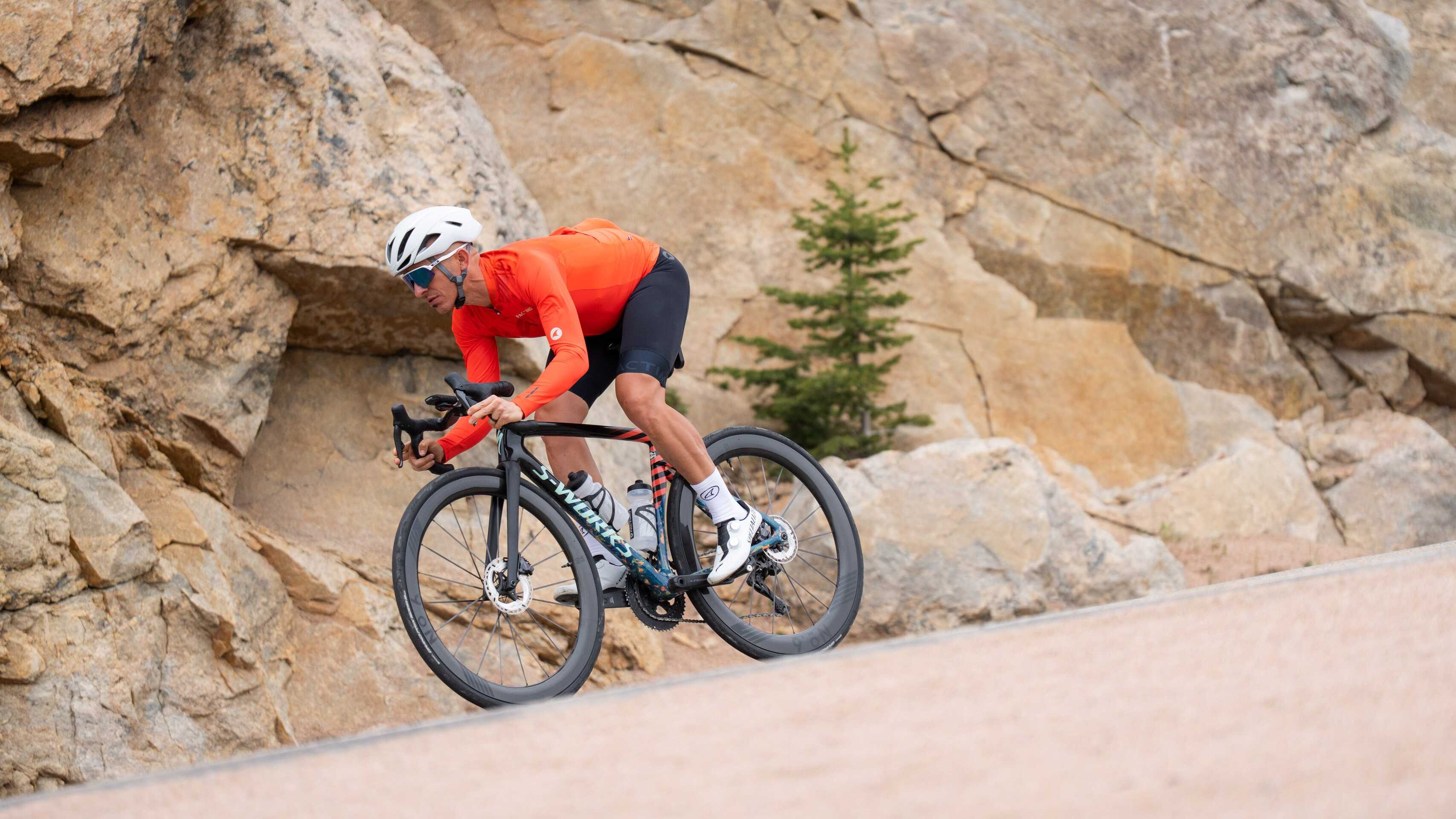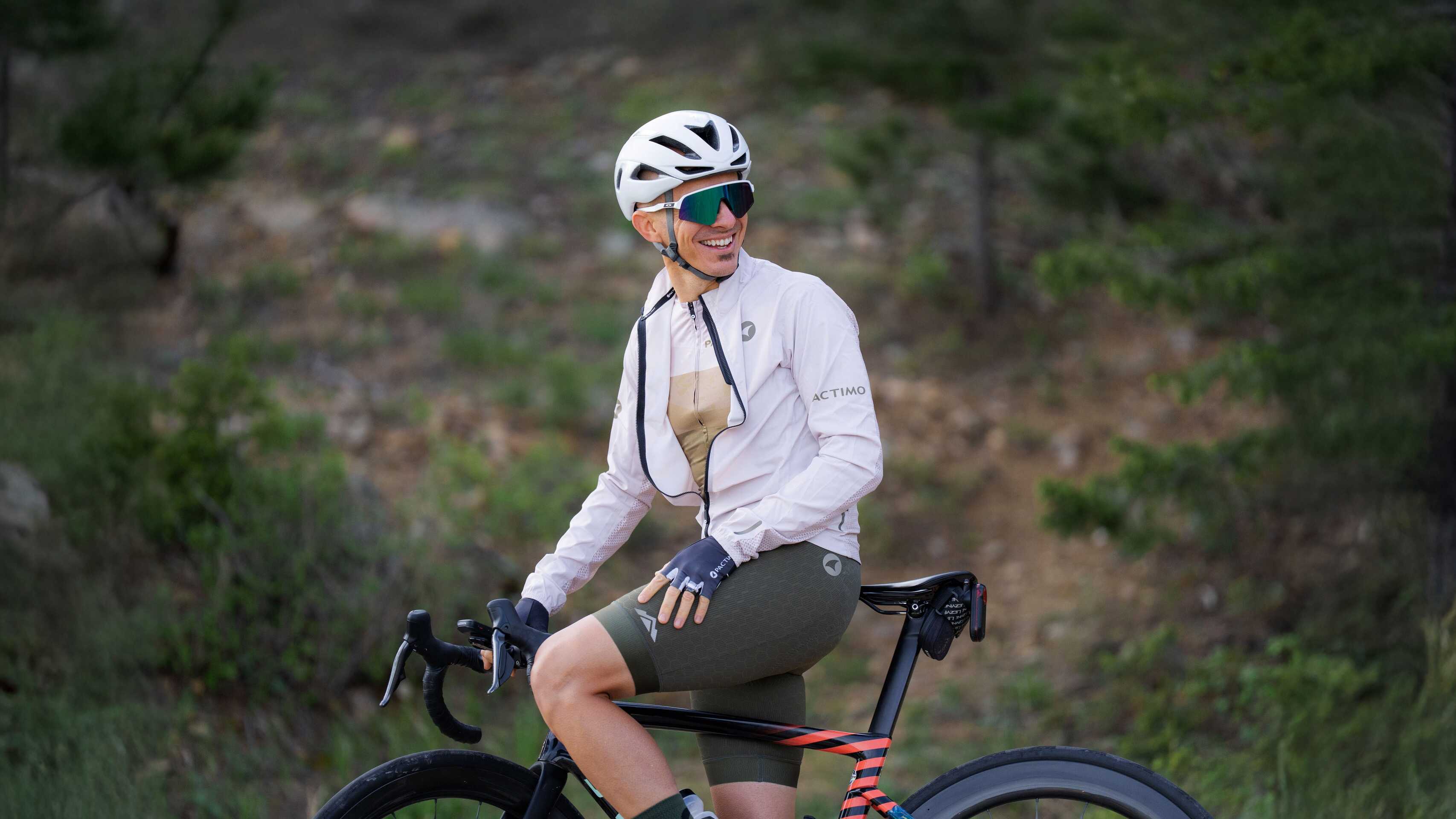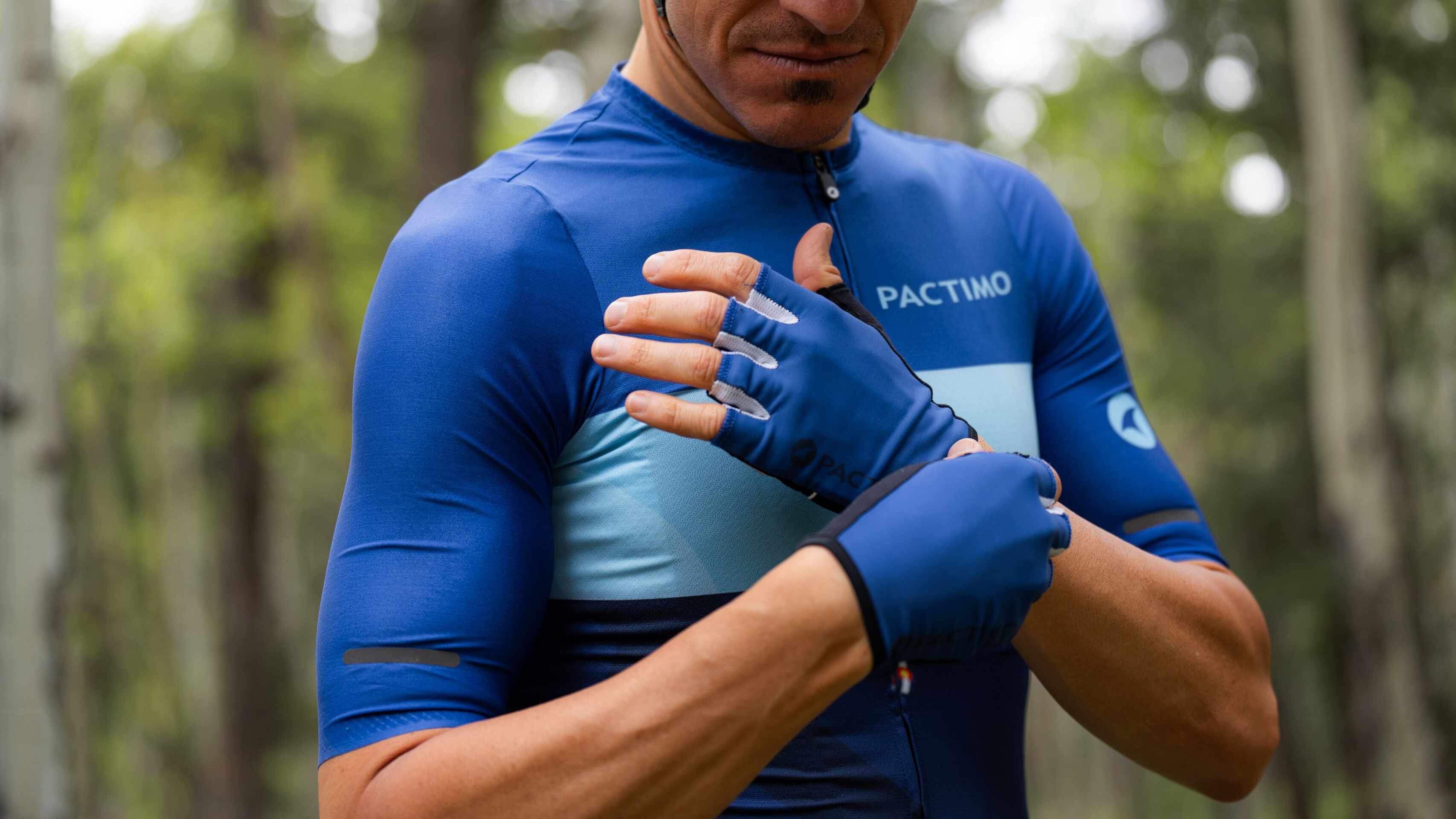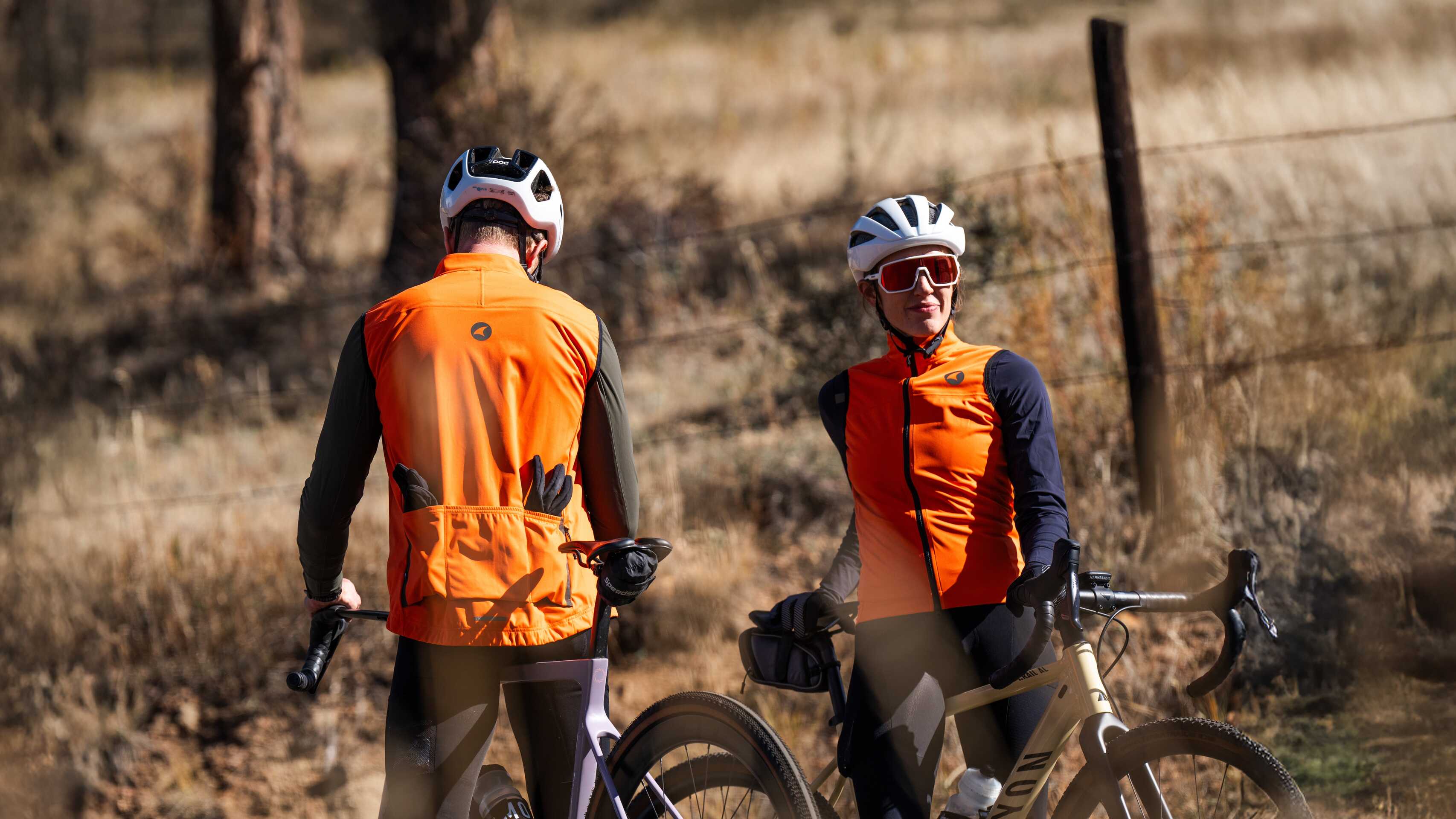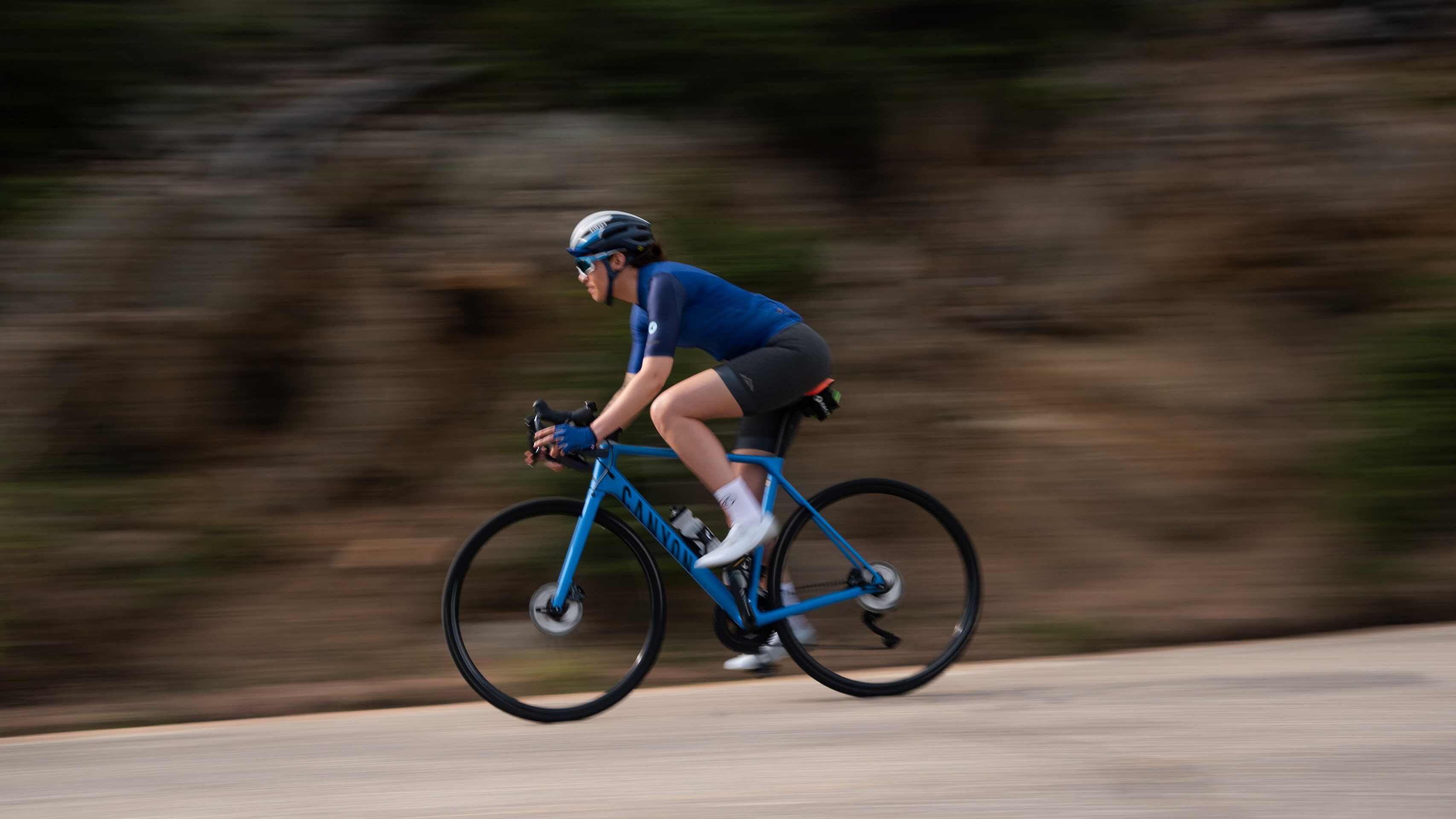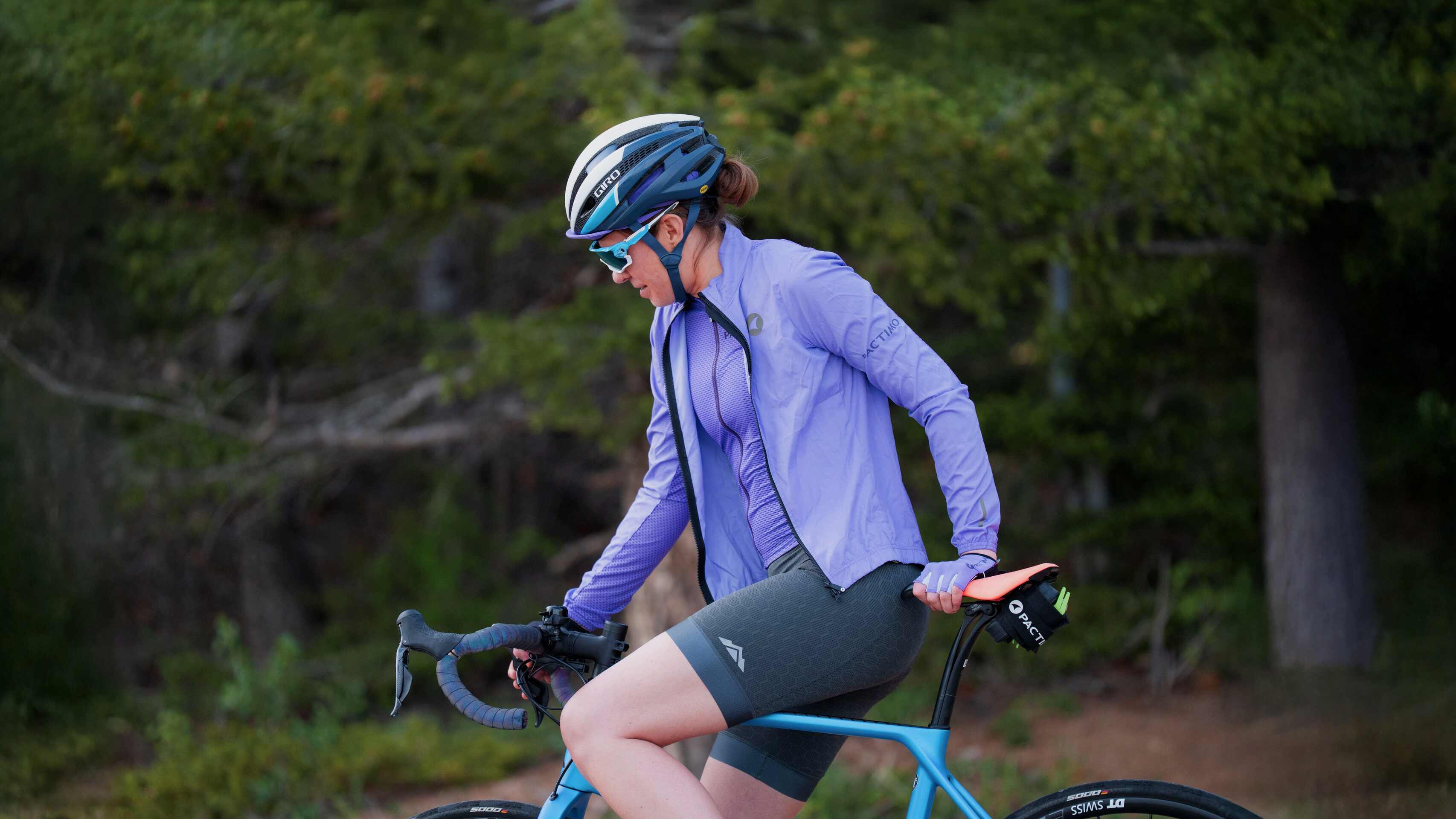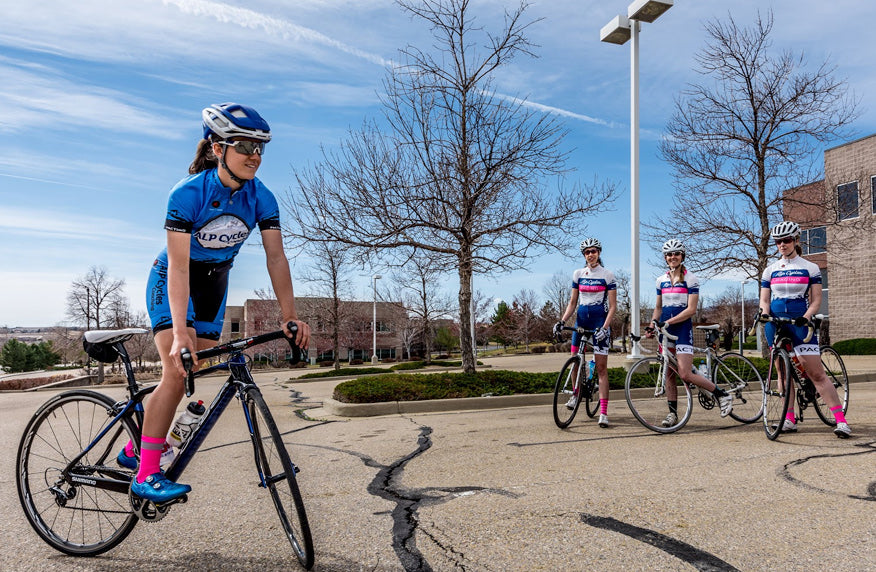Creating a race tactic means pulling all the facts together
by Patricia Schwager, ALP Cycles Coaching
In order to have success in a race, you have to be prepared for the race. Great training alone won’t do it.
This means you have to know the facts about the race and race course and then come up with a tactic on how you can reach your goal for the race.
Use tools such as the race bible, previous results, online resources (GoogleEarth, Strava, etc) and check out the race map, course description and profile. What is the race distance? Is the race a certain amount of laps or from point A to B? It is also important to know where and when primes, sprint points, KOM’s (QOM’s), etc. are. It might s not be your plan to go for the primes, KOM’s, etc- but you have to know that at this point in the race; some other riders will go for it and the pace of the race will pick up. After a prime or mid race sprint it is always a good situation to launch a counter attack.
The more important facts to find out are: is it flat or hilly? Long or short climbs? Any technical parts where you better stay in the first positions? Tricky descents? Is the race course wide open or covered by trees/ houses? Wide roads or narrow roads? Is the pavement bad or good? Cobbles or dirt sections? If it is windy, make sure to know the wind direction. It is very important to know the tail- head or crosswind sections.
Once you know all the facts, you have to create your race tactic. What is your goal, what is your team’s goal, and how can you reach those goals?
Maybe it is your plan to play it defensively and wait for the final sprint. Or maybe you decide to race offensive and try your luck in a break.
You also have to find an answer for these questions:
- Where do you need to be in the first positions of the pack?
- In which part of the race course can you hide in the bunch and save energy?
- Where are good places to attack?
Pay special attention to the last km/mi of the race. Where is the final corner, what position should you have going into it and where do you start your sprint?
If you have done the race before- you should remember the race course and how the race unfolded the last time (make sure to use a training log so you can make notes about each race- what went well and what could have been done better).
If you are doing the race for the first time, you can ask other riders or teammates who did the race before about how the race went and what to expect. This can be helpful to get a few tips, but it could be confusing too, as you might hear completely different opinions about the exact same racecourse.
This is why I personally prefer to see the racecourse myself, just so I get my own opinion/picture of it in my head.
The best option is if you can pre ride a race course. For a TT is it absolutely essential to pre ride it. You have to know the corners and the shortest line through the TT-course. And you also need to figure out how to pace your TT.
For a criterium or circuit-race; you should be able to pre ride a lap or two during warm-up as the laps are short.
However, for a road race it isn’t always possible to see the whole racecourse, especially if the race goes from point A to point B. This is when you have to do some research. If the race website provides good info with a map/profile make use of that. You can also use Google Earth, as it gives you a pretty good idea how it will look like. Another good thing to do is to create the race route and profile. This is pretty easy to do, on Strava for example, and will help you to understand the race course better.
Most helpful tip: write down the important things on a small piece of tape and put it on your stem or top tube.

Mileage of things like sprints, climbs, feeding zones and finish. That way it is easy to remember the important points in the race, especially when your mind is getting tired from suffering during the race.
Before you go to a race, you need to have a picture in your mind about the race course. It is important to know what will await you and during the race you should know exactly what will come up next. You need to have a personal goal for the race and a plan how to reach it. If you need help, ask your coach for advice and tips!
. . . . . . . . . . . . . .
ABOUT PATRICIA SCHWAGER
Patricia Schwager began cycling in 1998, racing as a junior. After racing on the domestic level and completing her Diploma as Pastry Chef, she got her first pro contract in 2006. 2015 will be here 10th year of professional racing. Patricia has a lot of experience racing in the European peloton. In 2013 she started working with Shawn Heidgen (Current ALP Cycles Coach) as her personal coach. In 2014 she changed her focus to racing in the US. Patricia is a 6 time national Swiss champion and has represented her home country, Switzerland, at the World Championships 12 times.
For 2015, Patricia will race for Team Tibco. Along with racing she’s looking to share and pass on her knowledge in her new role as an ALP Cycles Coach. Visit her online at http://patriciaschwager.com
